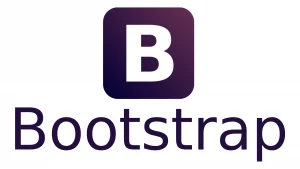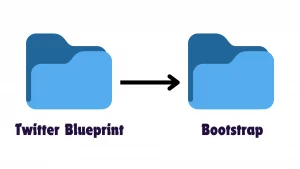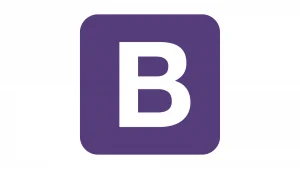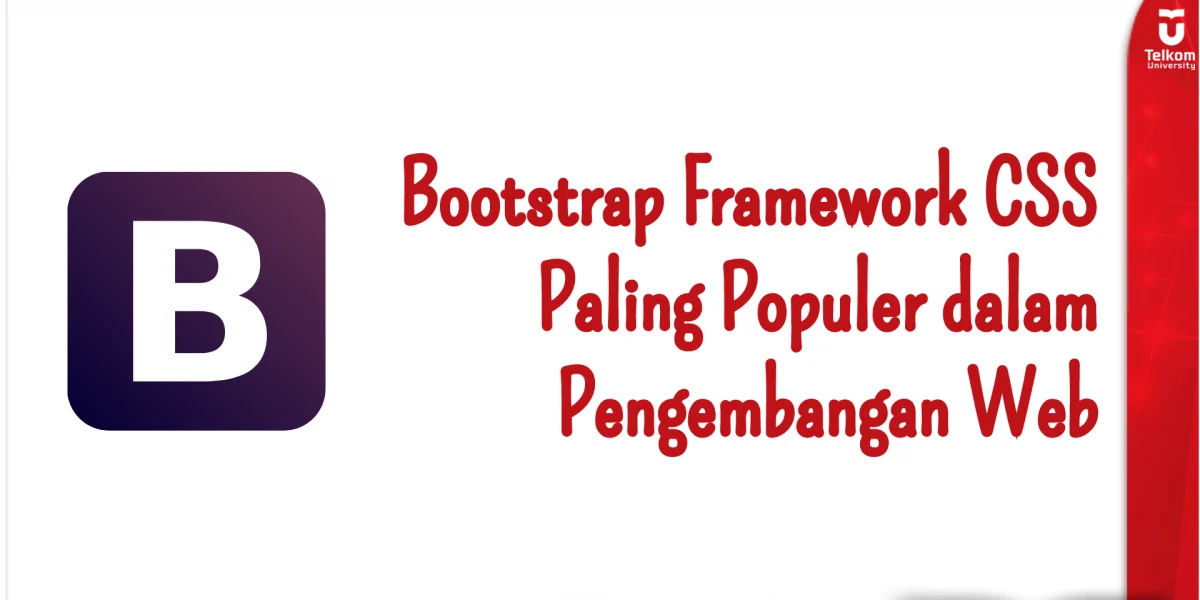Bootstrap The Most Popular CSS Framework in Web Development
Web developers can leverage the Bootstrap CSS, HTML, and JavaScript framework to enhance the visual look and feel of your website. There are 1.98 billion websites on the internet as of January 5, 2024, according to Website Rating data. This statistic shows how fast websites are being developed. Therefore, creating a responsive and user-friendly website is essential in a sea of websites, and one such tool is Bootstrap.
What is Bootstrap

A popular front-end programming framework for creating mobile-first and responsive websites is called Bootstraps. To simplify the process of building a website, Bootstraps offers a variety of Javascript routines and CSS classes. The foundation of this framework is HTML, CSS, and JavaScript. Combining HTML for structure, CSS for styling and layout, and JavaScript for interactivity, the fundamental components are built. jQuery, a well-known JavaScript library, is used with Bootstraps to handle animations and interactions.
With the help of a library of pre-built CSS and JavaScript templates for UI elements, developers can use Bootstraps to simplify web development and avoid having to start from scratch when writing CSS code.
History of Bootstrap

Twitter Blueprint was the original name for Bootstraps since Mark Otto and Jacob Thornton first developed it at Twitter at the time. The original goal was to maintain the uniformity of Twitter’s internal tools. The Twitter team had used a number of libraries to build the Twitter user interface (GUI) before Bootstraps. However, due to its inconsistent nature, maintaining the code was a challenge.
Mark Otto and a small group of programmers began developing an internal tool known as Twitter Blueprint based on this problem. Later, on August 19, 2011, Twitter Blueprint was renamed Bootstraps and made available as an open source project.
Tutorial Using Bootstrap

- Include Bootstraps CSS and JavaScript files, You can add Bootstraps CSS and JavaScript files to a web page by adding link and script tags to the HTML head.
- Create HTML structure: Create HTML structure for web pages using HTML elements like div, header, footer and more.
- Add Bootstraps classes, Add Bootstraps classes to HTML elements to change their appearance. For example, the “container” class can be used to limit the width of the content.
- Use Bootstraps UI components, Bootstraps provides various UI components such as navbar, jumbotron, modal, and more. Add these components to your web page by adding appropriate classes.
- Make it responsive: Bootstrap is designed to be responsive, meaning web pages will display well on different sized devices.
- Depending on your needs, you can customize the web page by adding additional CSS, modifying Bootstraps classes, or adding JavaScript.
There are also other ways to use Bootstraps, namely: – Create a table using the “table” class – Set the image display with the “img-responsive”, “img-rounded”, “img-circle”, and “img-thumbnail” classes. – Create a panel using the “panel” class. – Create a button with the “btn” class. – Create an alert or warning message with the “alert” class.

